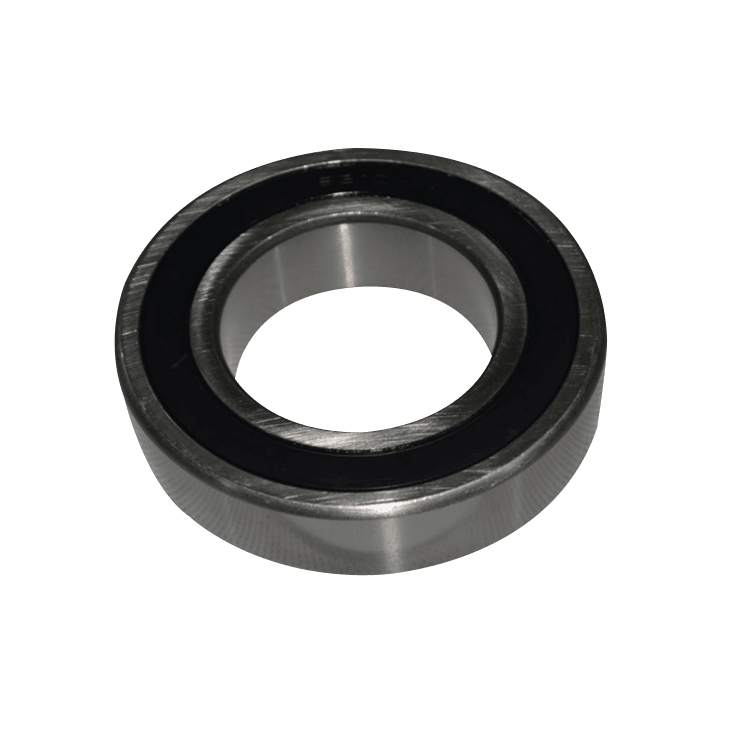Welcome to Tarso, professional special bearing manufacturer
The Ceramic Ball is a popular material used in variou […]
The Ceramic Ball is a popular material used in various industries due to its superior properties. The growing automotive industry has increased the usage of ceramic balls in automotive components. Some of the common applications of these balls include valves, turbochargers, and bearings. Additionally, significant spending in the chemical industry is also fueling the growth of this market. However, the high manufacturing cost of ceramic balls is a hindrance to the market's growth.
Cerbec Ceramic Balls
CERBEC Ceramic Balls are manufactured in a precision process that is ISO-9000 certified. They are made of denified and micron-sized powder, and then finished with free-abrasive diamond lapping procedures. The ball's smooth finish and increased roundness enhance performance in harsh environments. Typically, they are graded between 3 and 5. They are also available in a range of sizes, from one to thirteen millimeters in diameter.
The crystalline structure of CERBEC silicon nitride balls is remarkably similar to that of steel. As a result, they offer a higher level of toughness and hardness than steel balls. The crystalline structure is also a unique property of silicon nitride, which reduces the thermal expansion of the ball. The result is a much longer life for the ball, and reduced overall operating costs.
Hybrid Ceramic Bearings
Hybrid ceramic ball bearings are a type of antifriction ball bearing, constructed with steel inner and outer rings and ceramic rolling elements. These bearings offer superior characteristics and are better suited for high-speed applications. The combination of steel and ceramics ensures a longer life span, a lower operating temperature, and less chance of seizures or electrical corrosion. They are therefore preferred over their steel counterparts, as they offer better reliability and lower operating costs.
Full ceramic ball bearings are suitable for track and velodrome use. While hybrid ceramic ball bearings are more suitable for road use, they are prone to wear and tear. They require proper lubrication to ensure long-lasting performance. Hybrid ceramic ball bearings are less sensitive to fluctuations in lubrication conditions, and their high-speed performance is enhanced by the addition of ceramic balls. Hybrid ceramic ball bearings can withstand speeds up to 20% faster than steel balls.
Durability
When a ceramic ball is manufactured, it is composed of a core portion and an outer layer. In this study, we examine the electrical resistivity of three different ceramic balls, including a silicon-nitride-based composite ceramic ball and a zirconia-based ceramic ball. The electrical resistance of each ball was measured using the DC four probe method. In addition, we investigated the effect of thermal decomposition and evaporation on the surface hardness of the balls.
A composite ceramic ball contains an electrically conductive inorganic phase. This component is dispersed within the silicon nitride ceramic in the range of fifteen to seventy percent by volume. Its area is approximately equal to the area of the polished cut surface. This composition allows the ceramic ball to resist thermal shock, which is the most common cause of ball failure. This inorganic phase can also be used as a conductive material.
Cost
The global ceramic balls market is segmented based on material, application, end-use industry, and region. The silicon-based ceramic balls are expected to witness the fastest growth over the next eight years, owing to their high temperature and corrosion resistance. These balls find extensive applications in various end-use industries, including automotive, chemical, and aerospace. Here, we analyze the key factors driving the growth of this market. Listed below are the key factors driving the global ceramic ball market.
